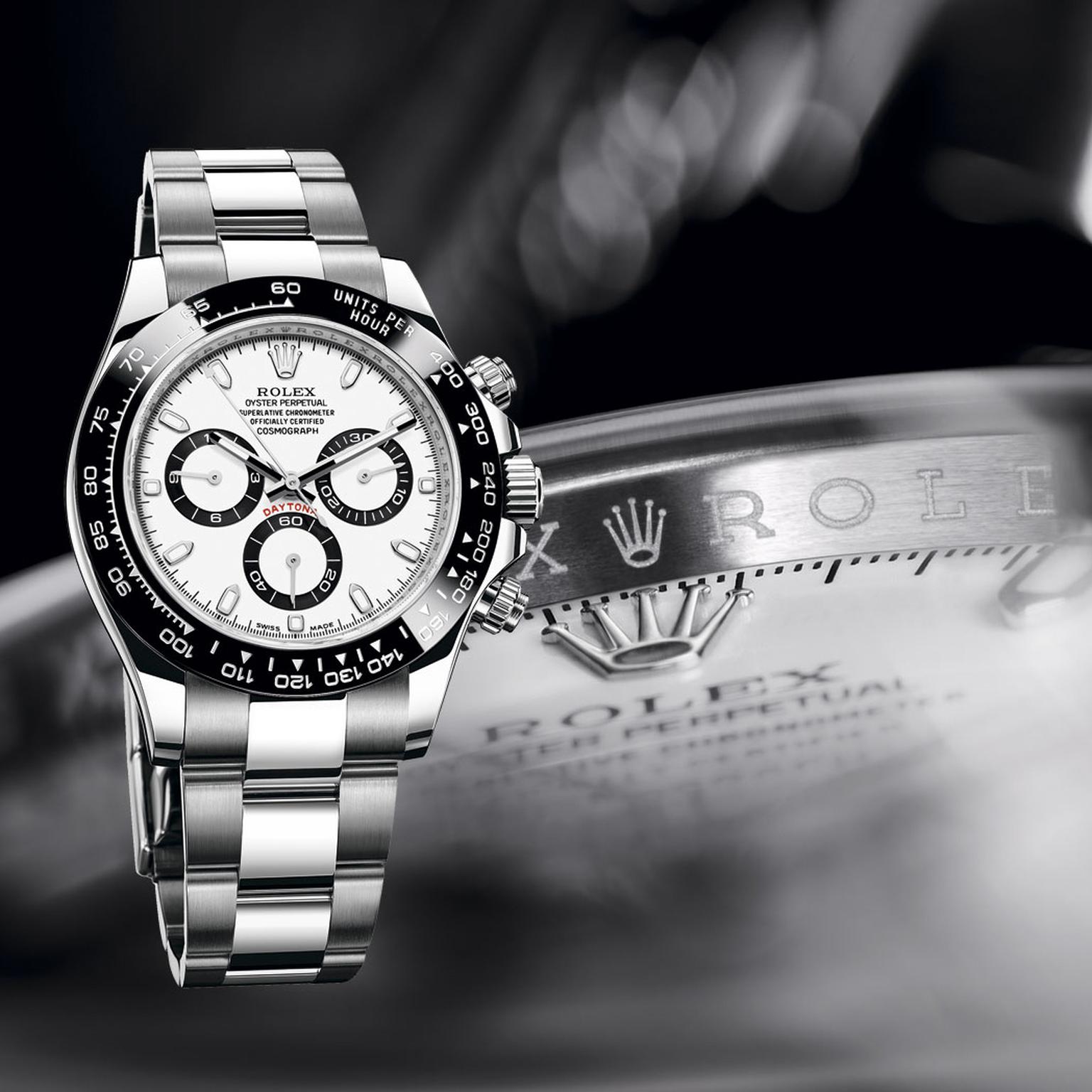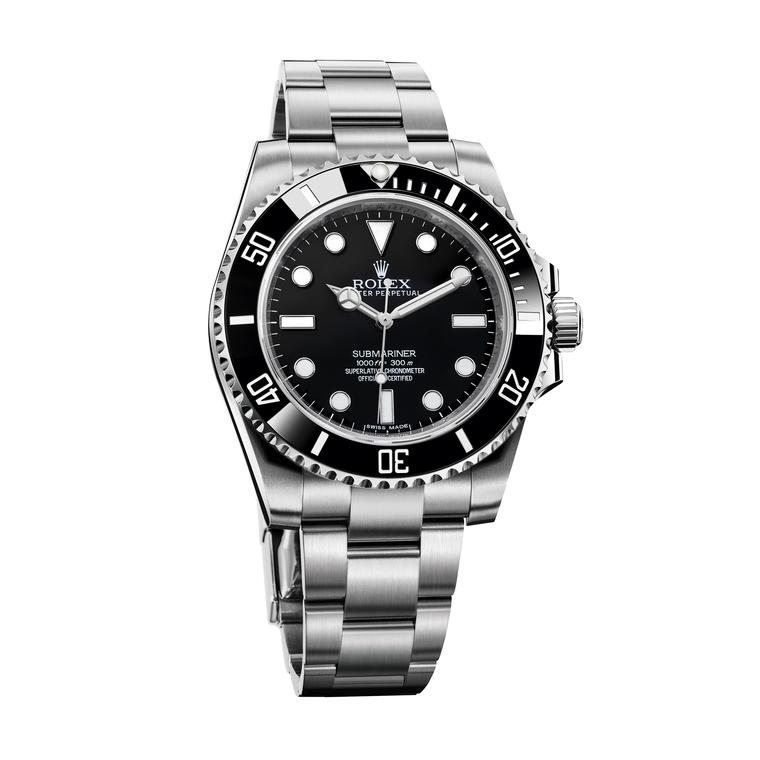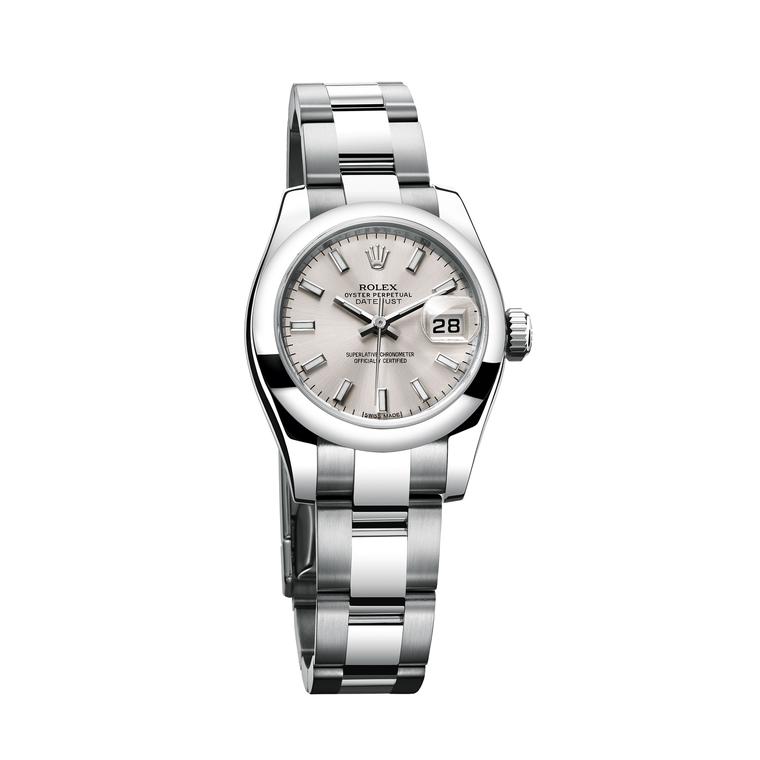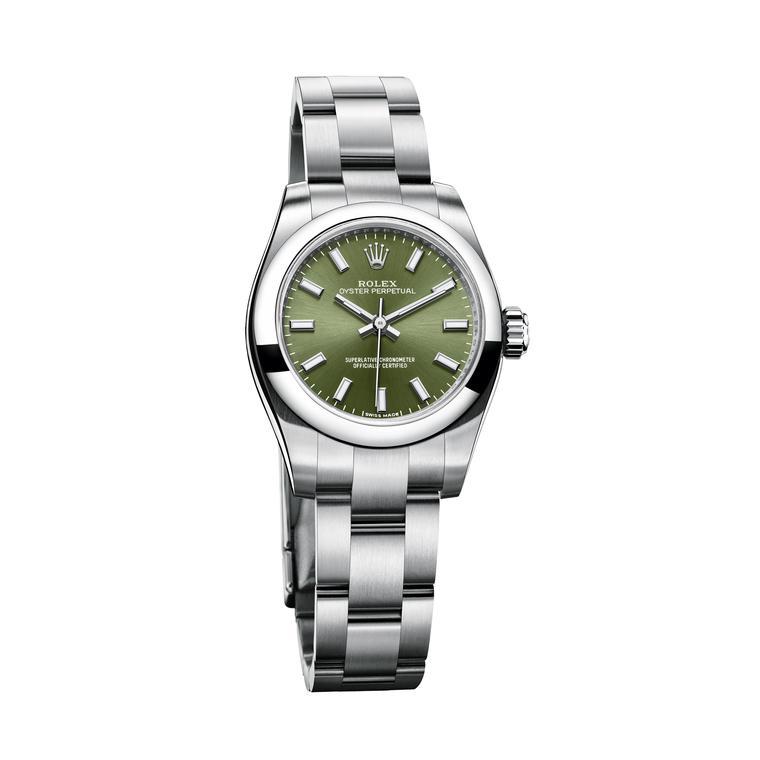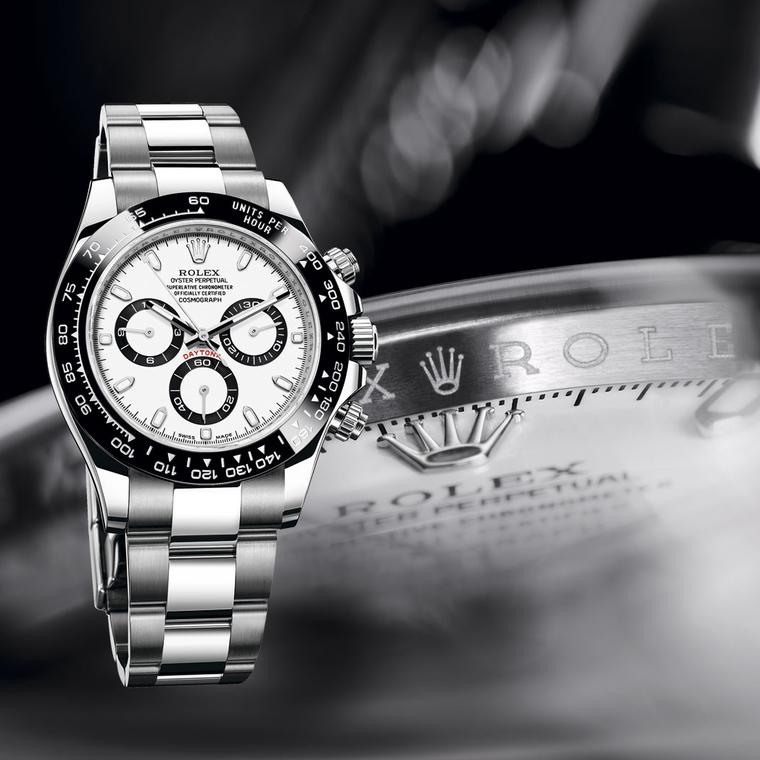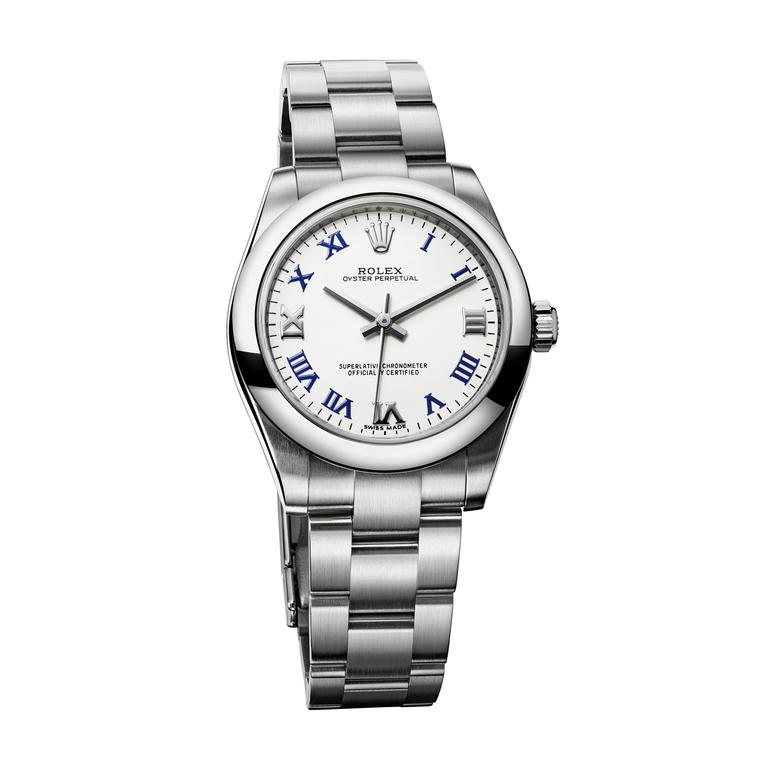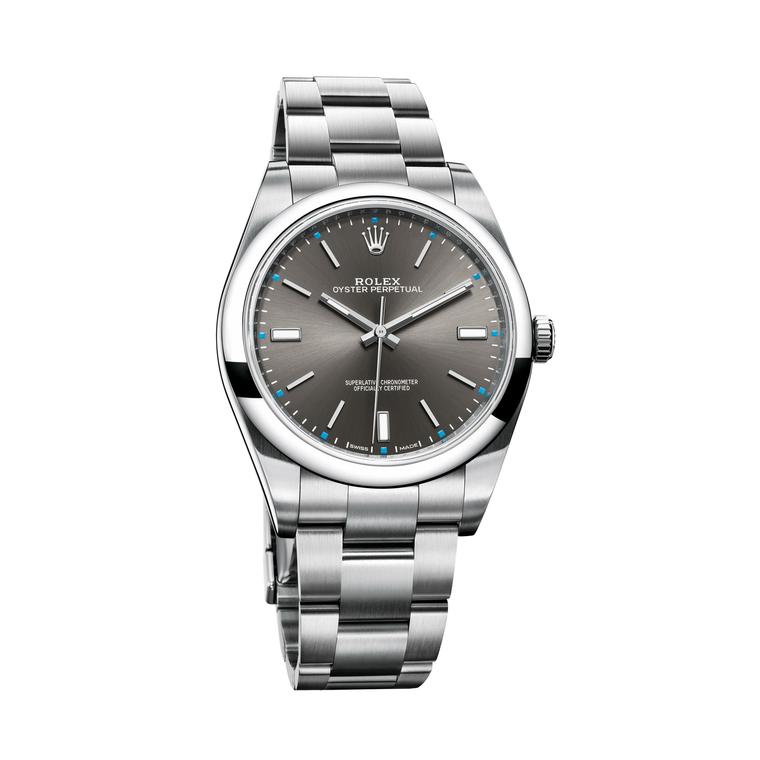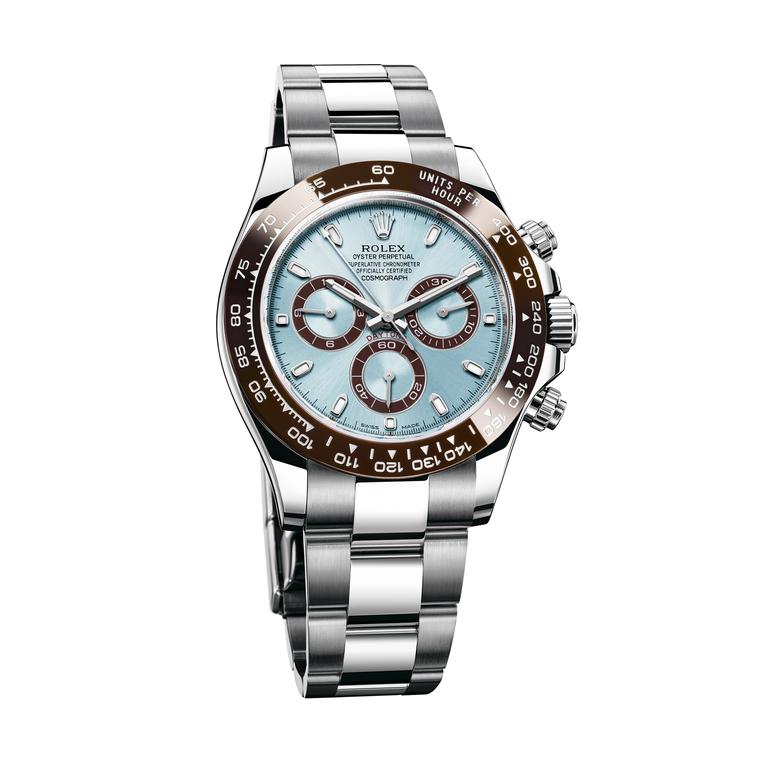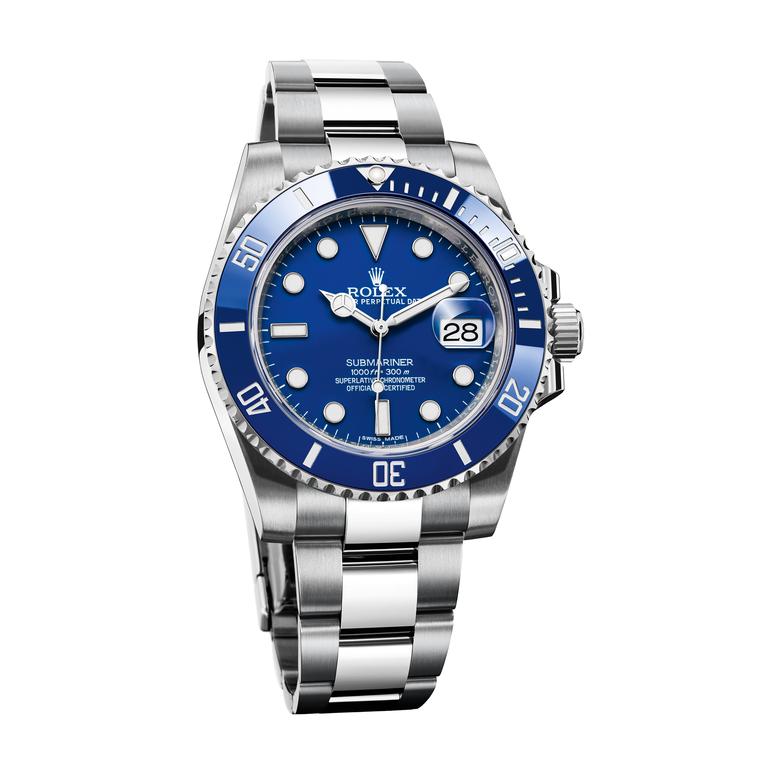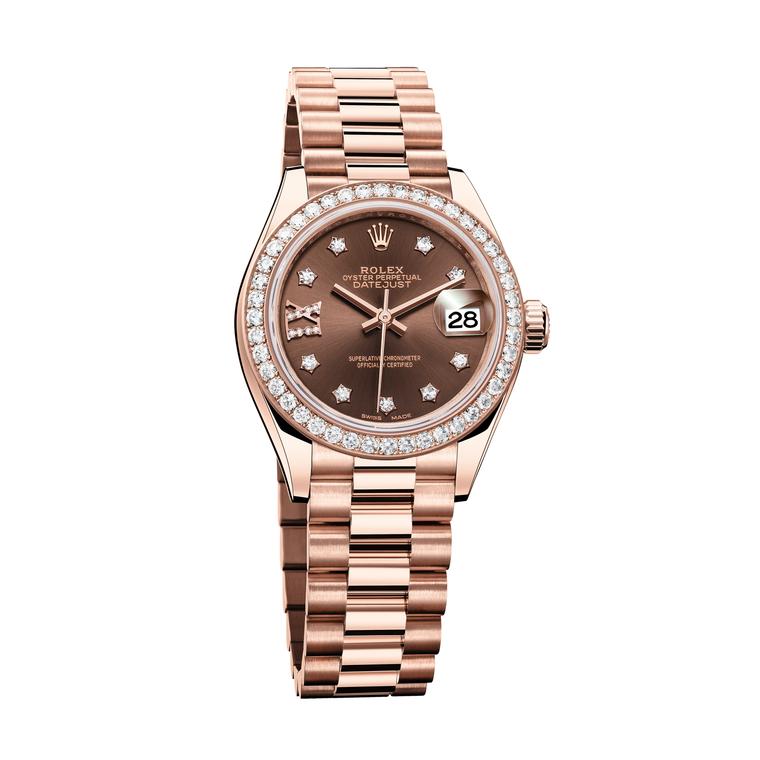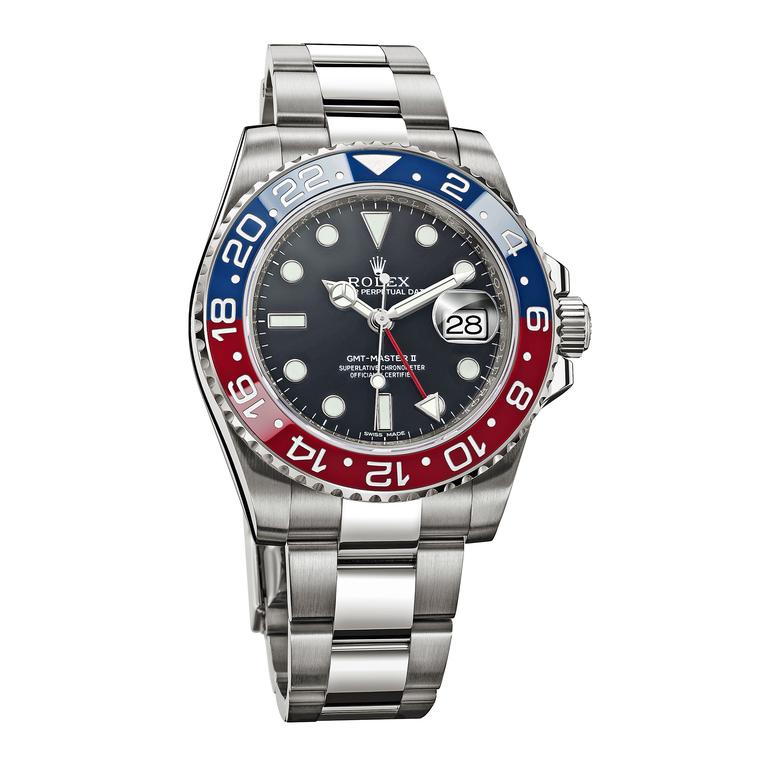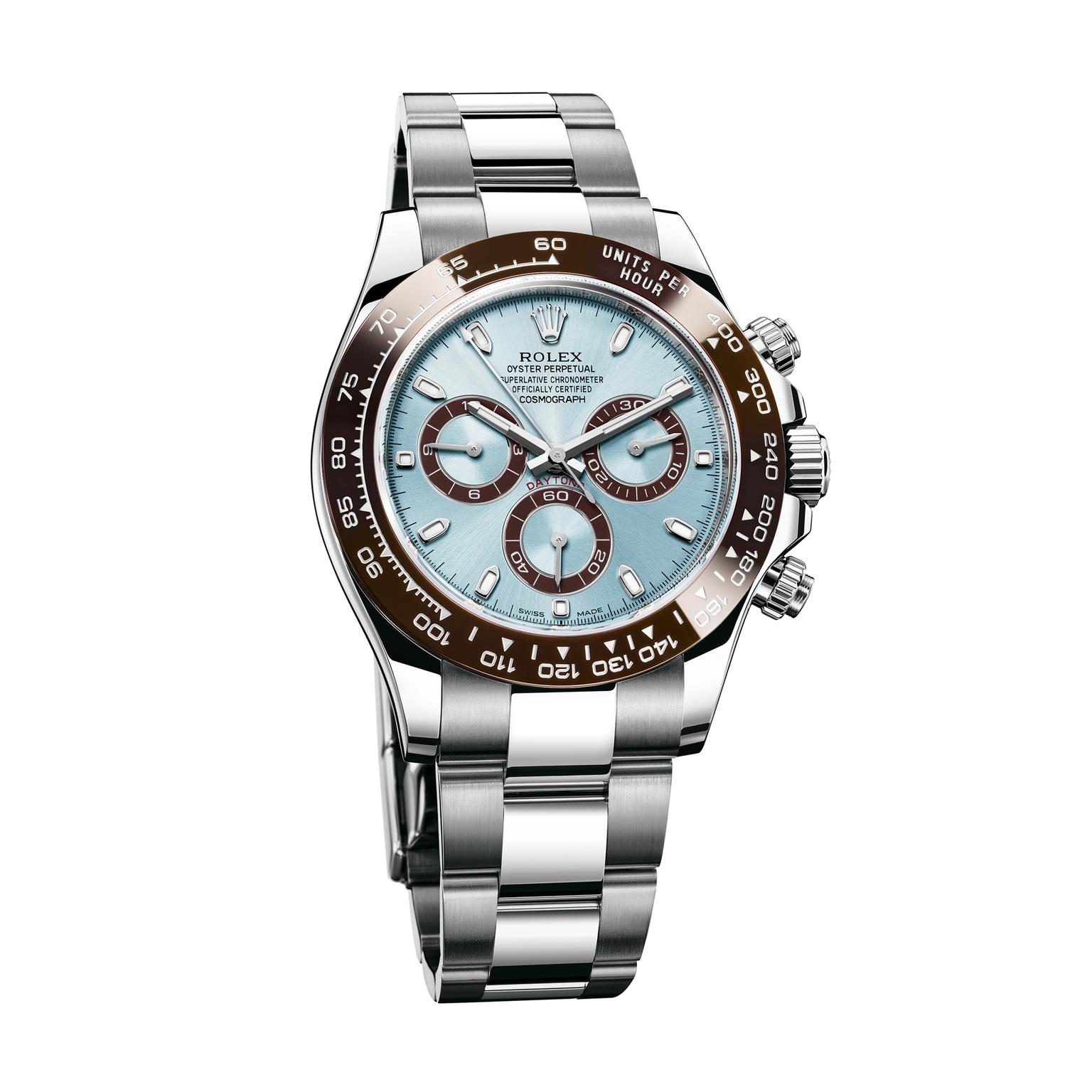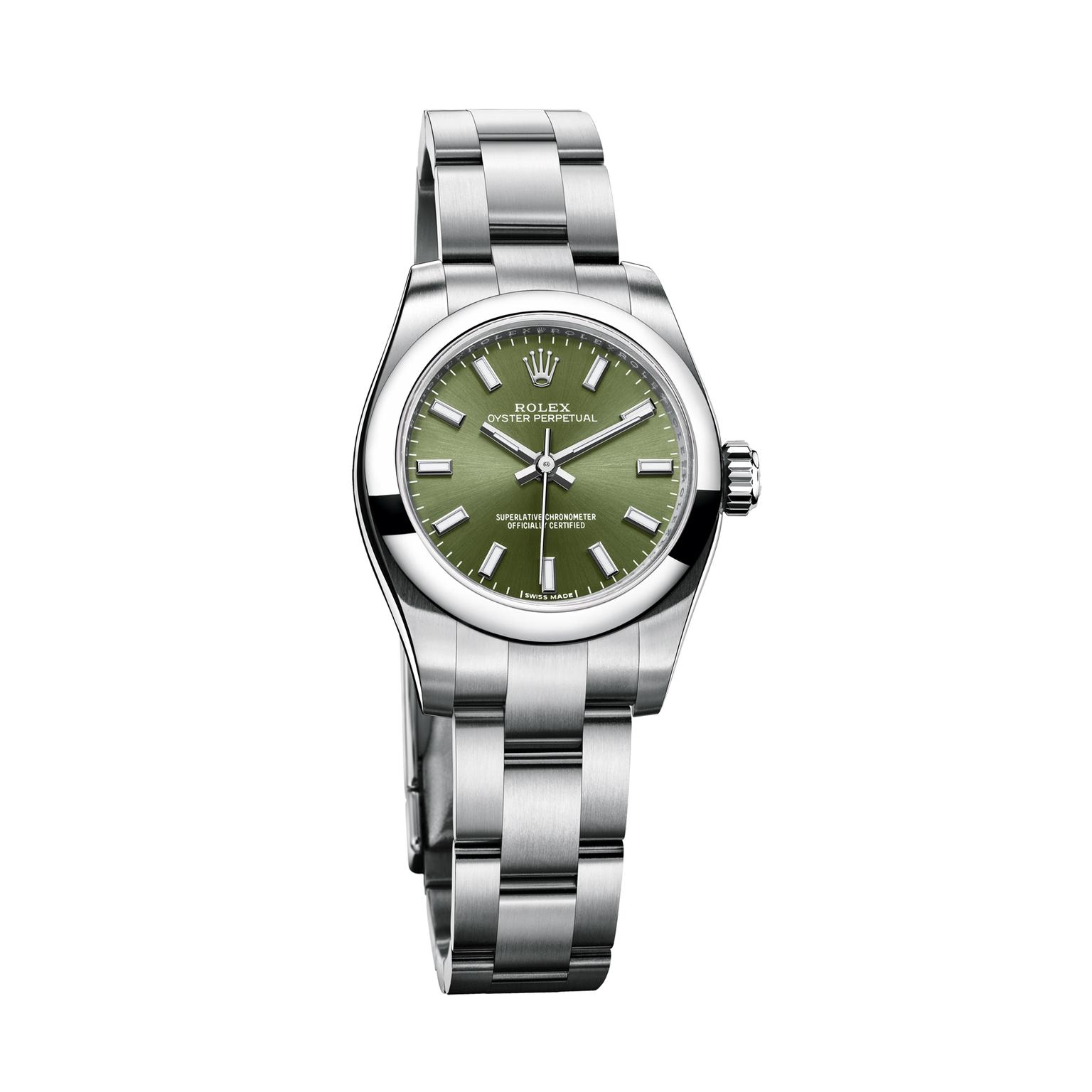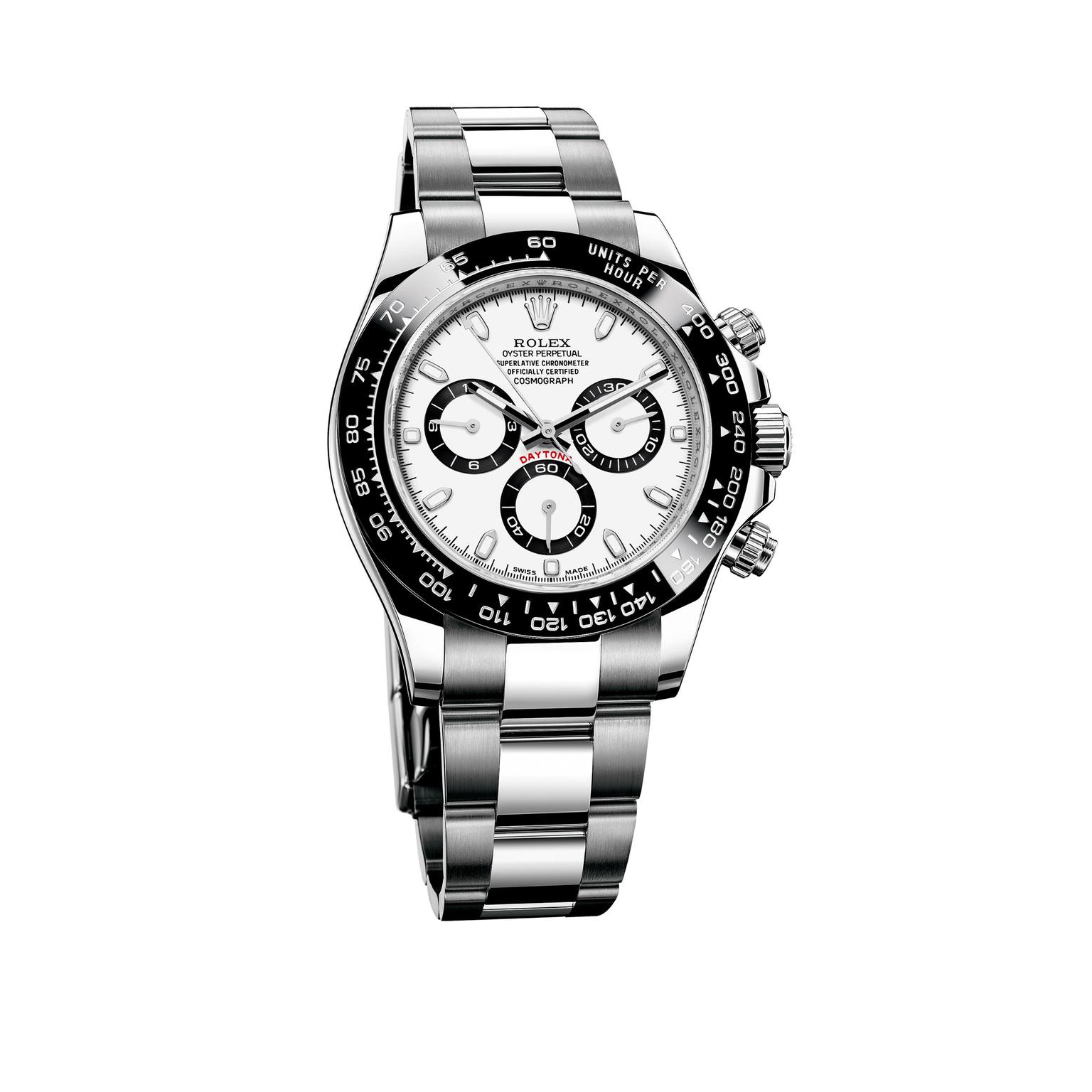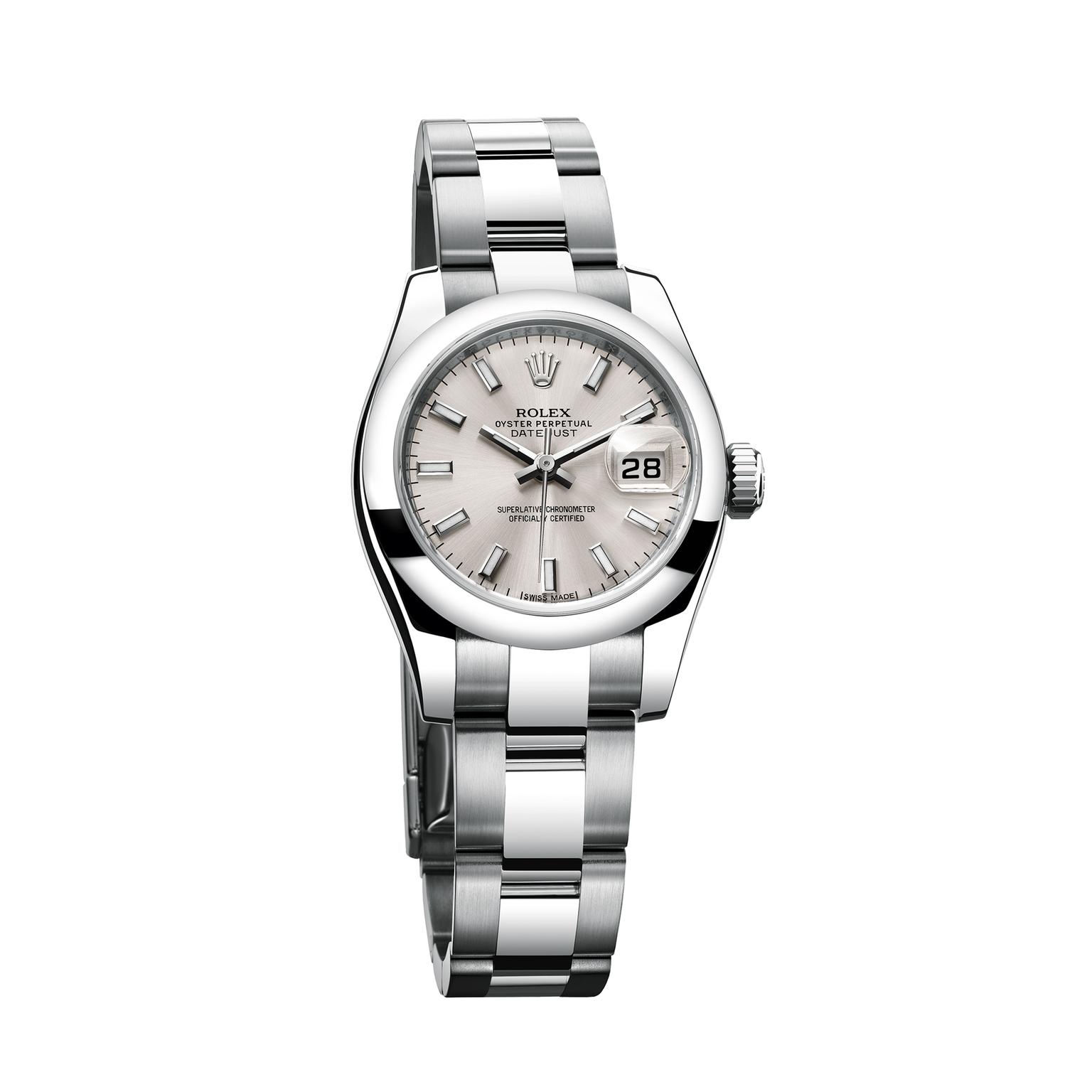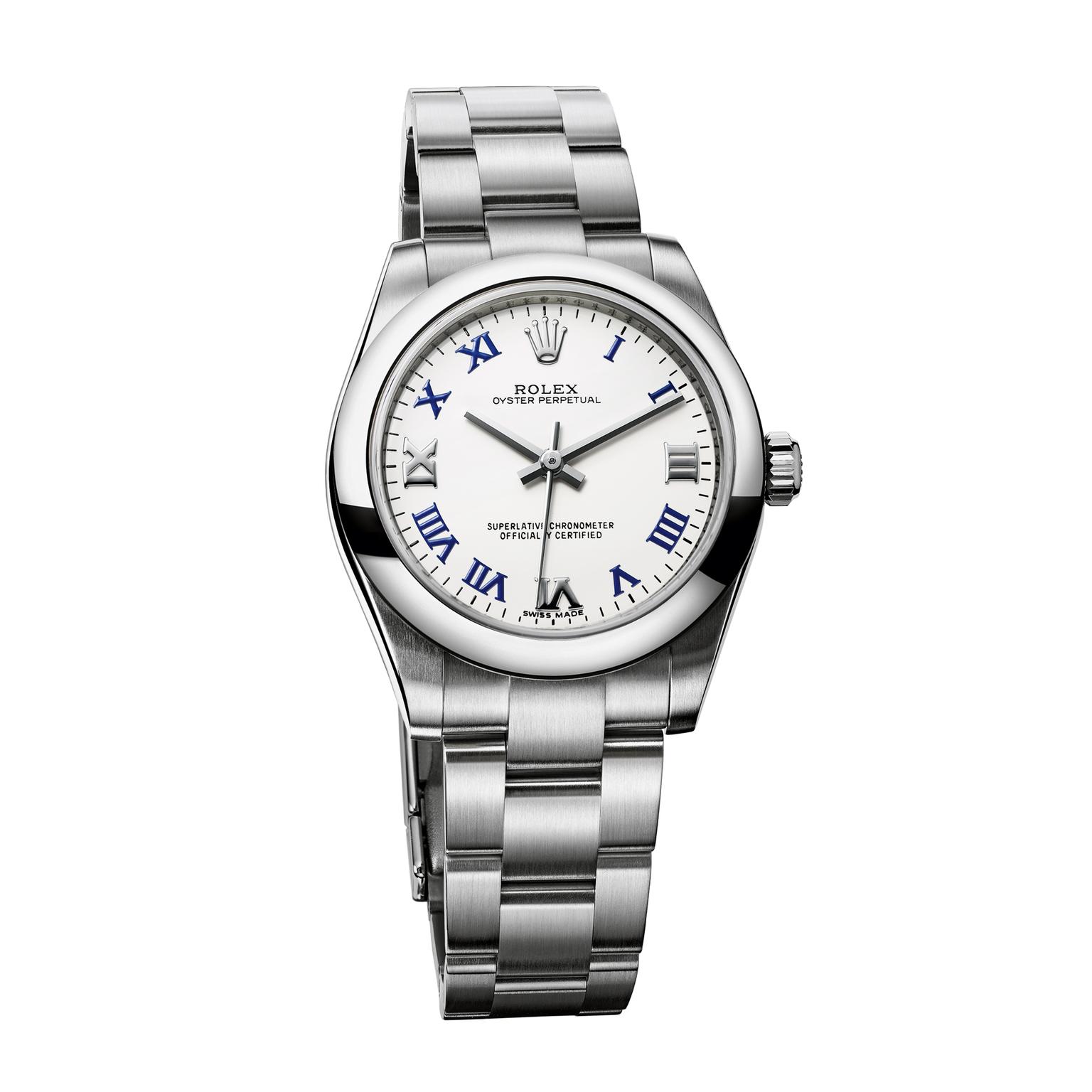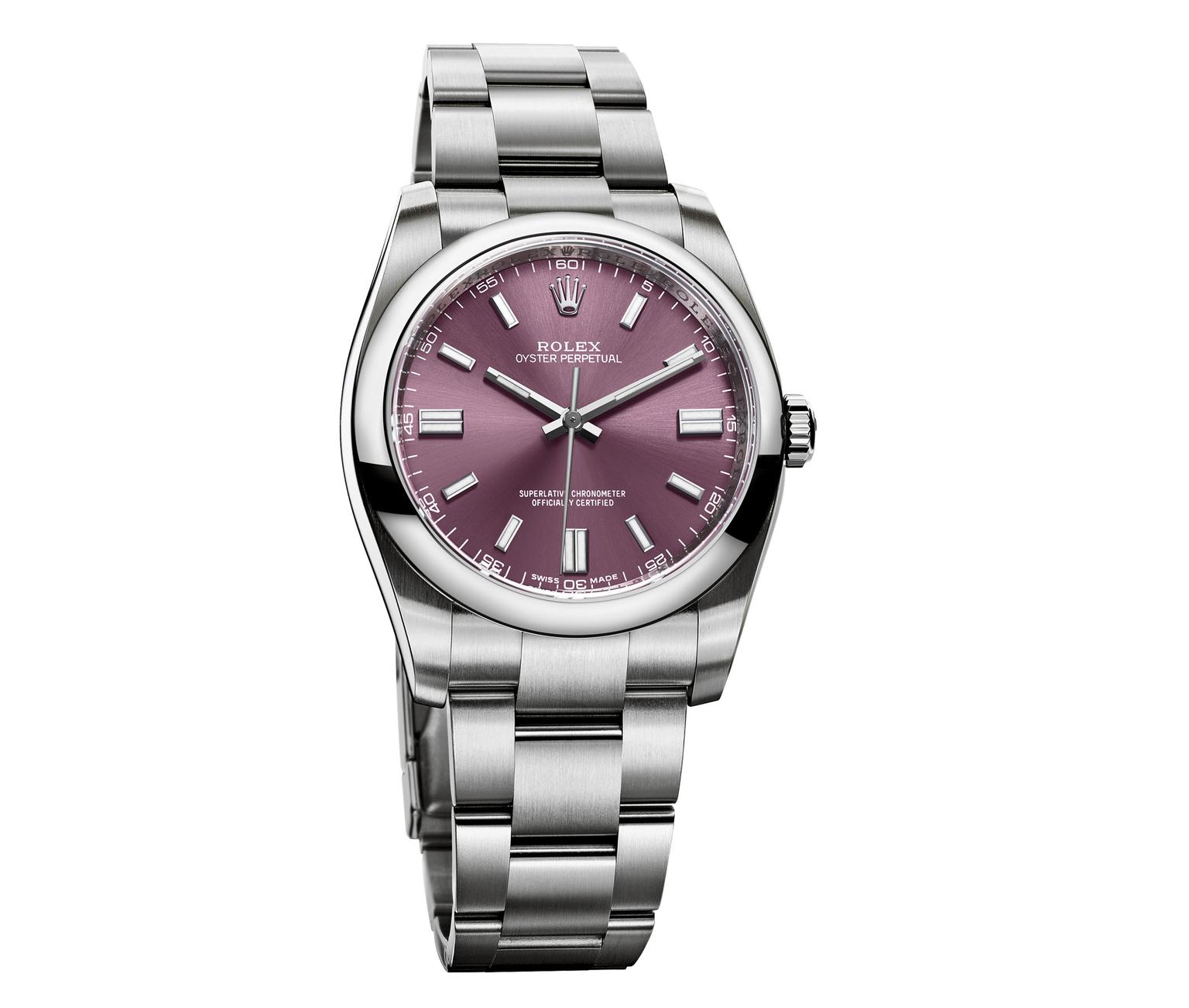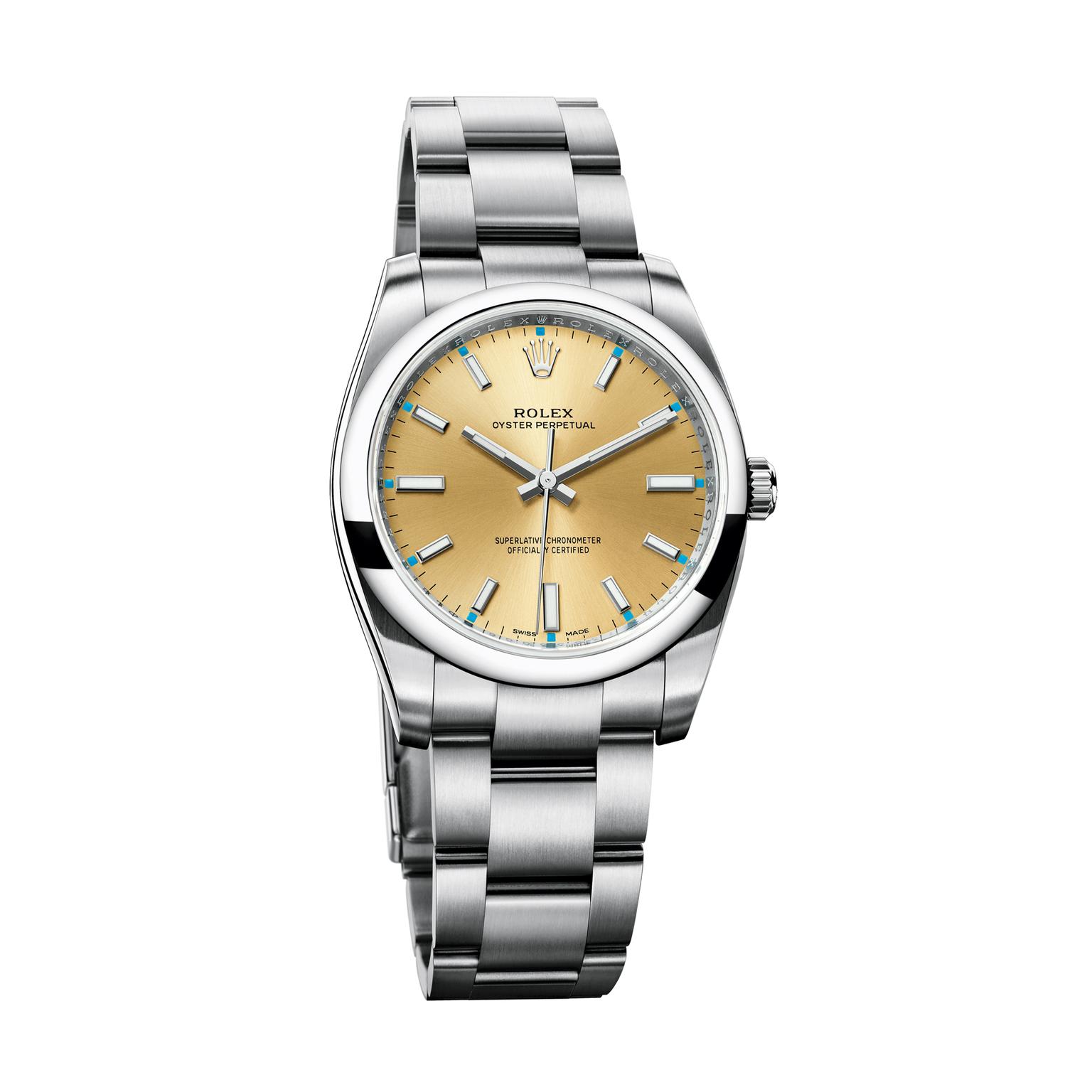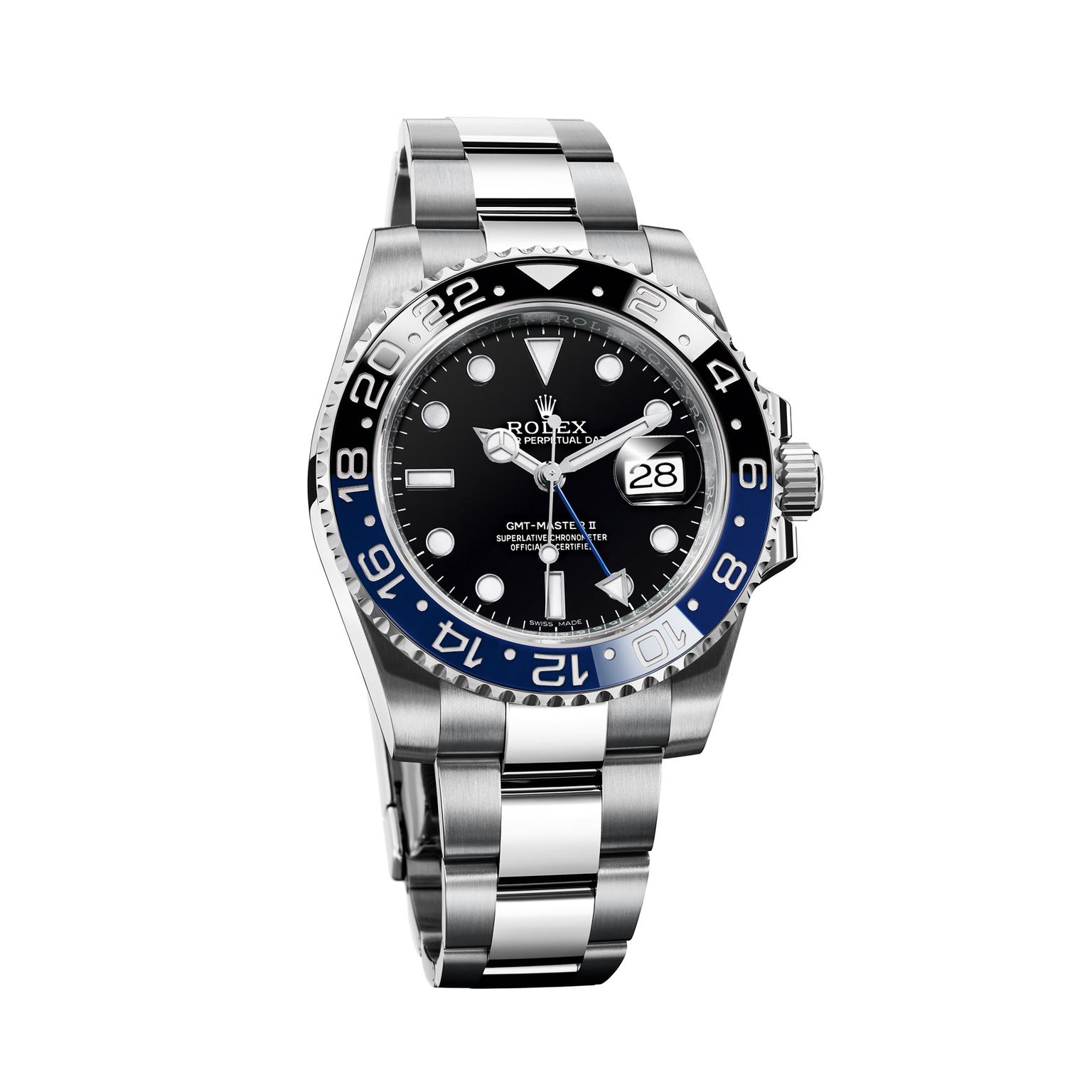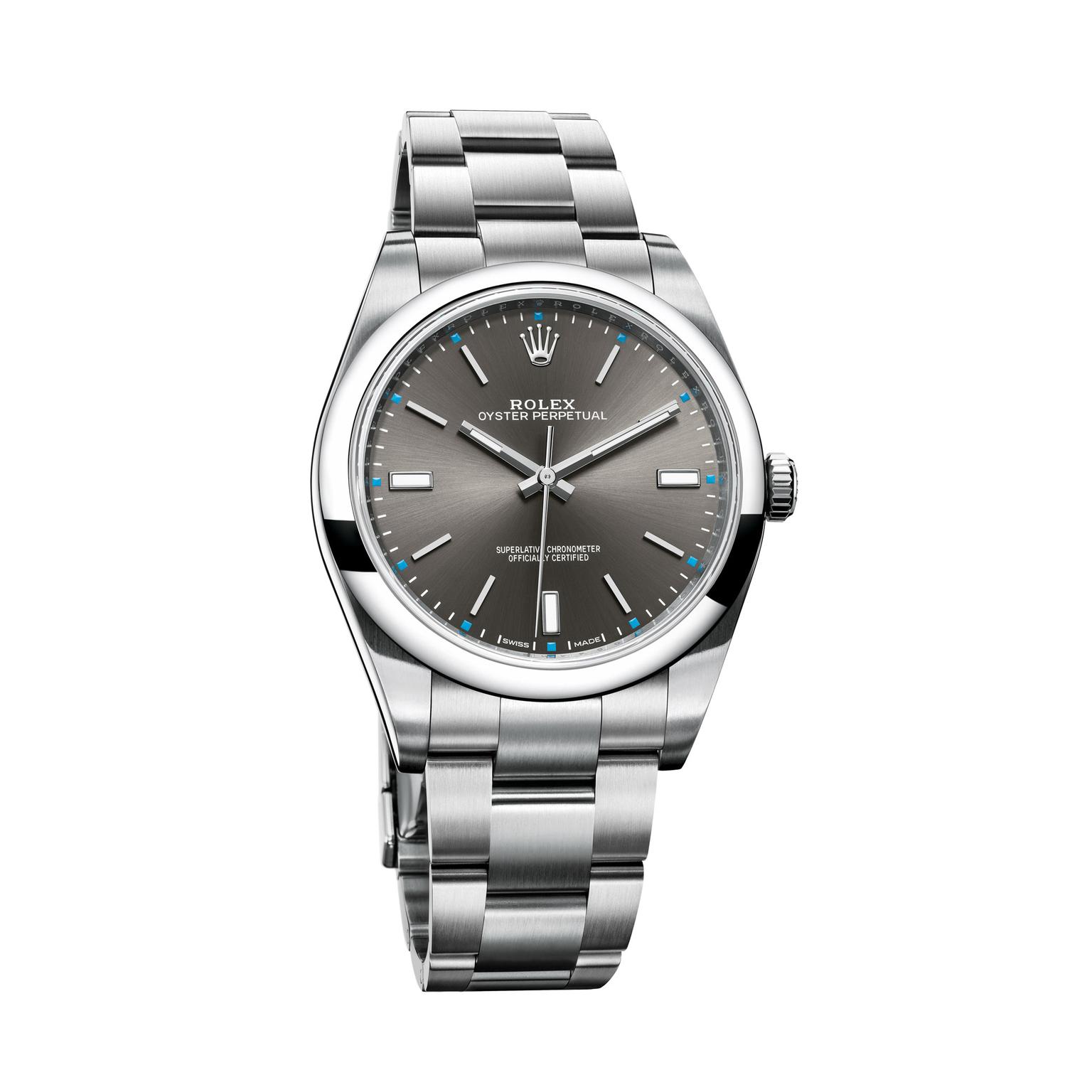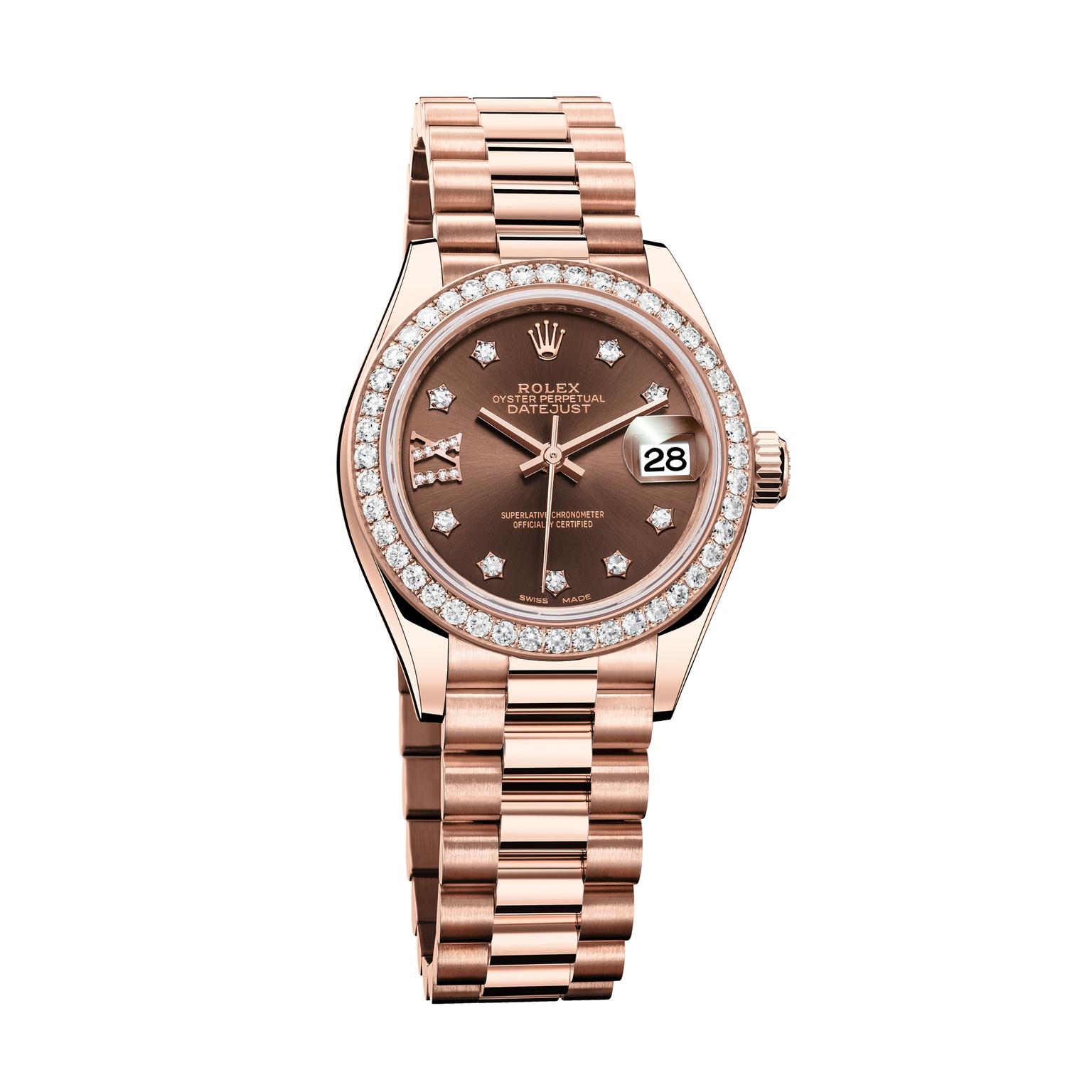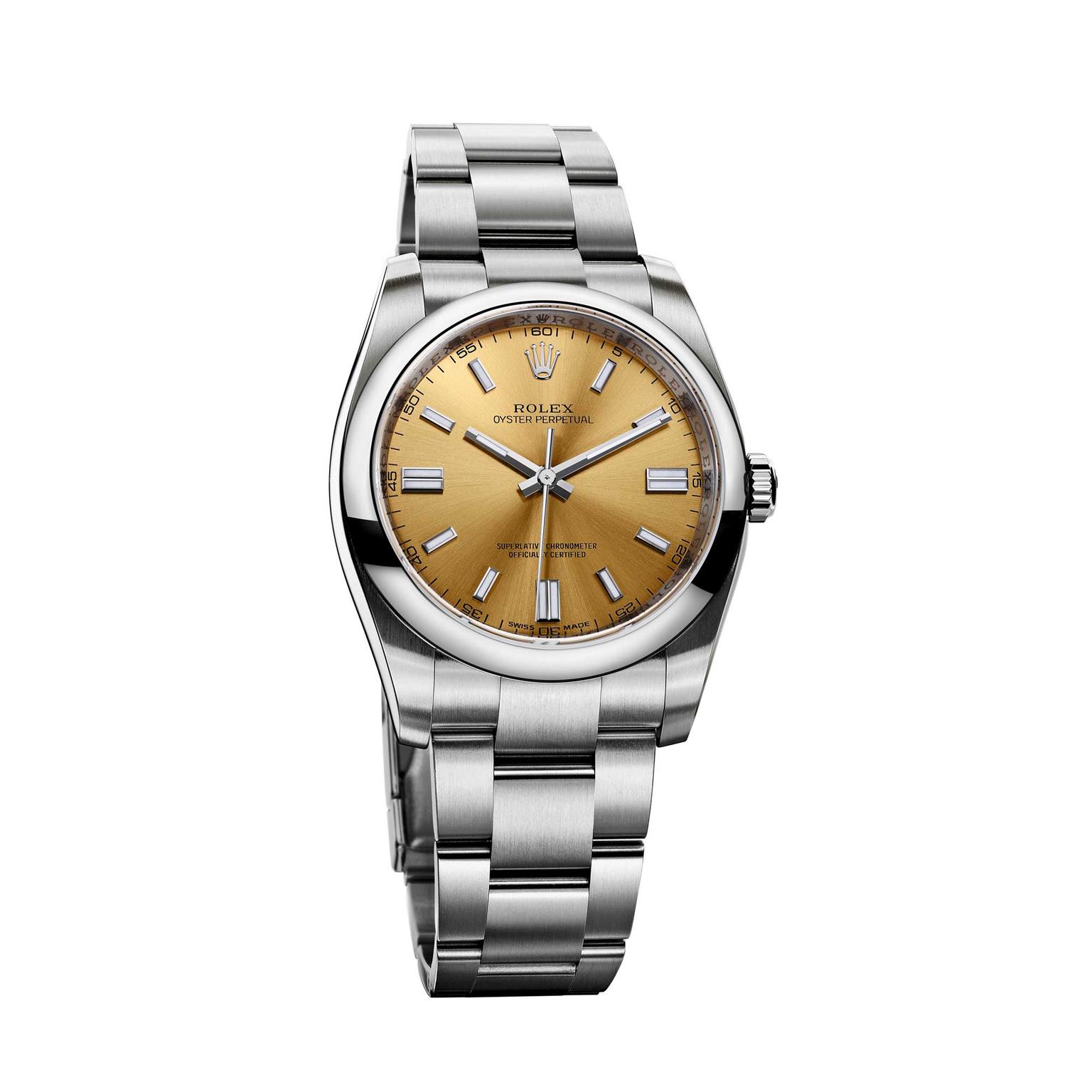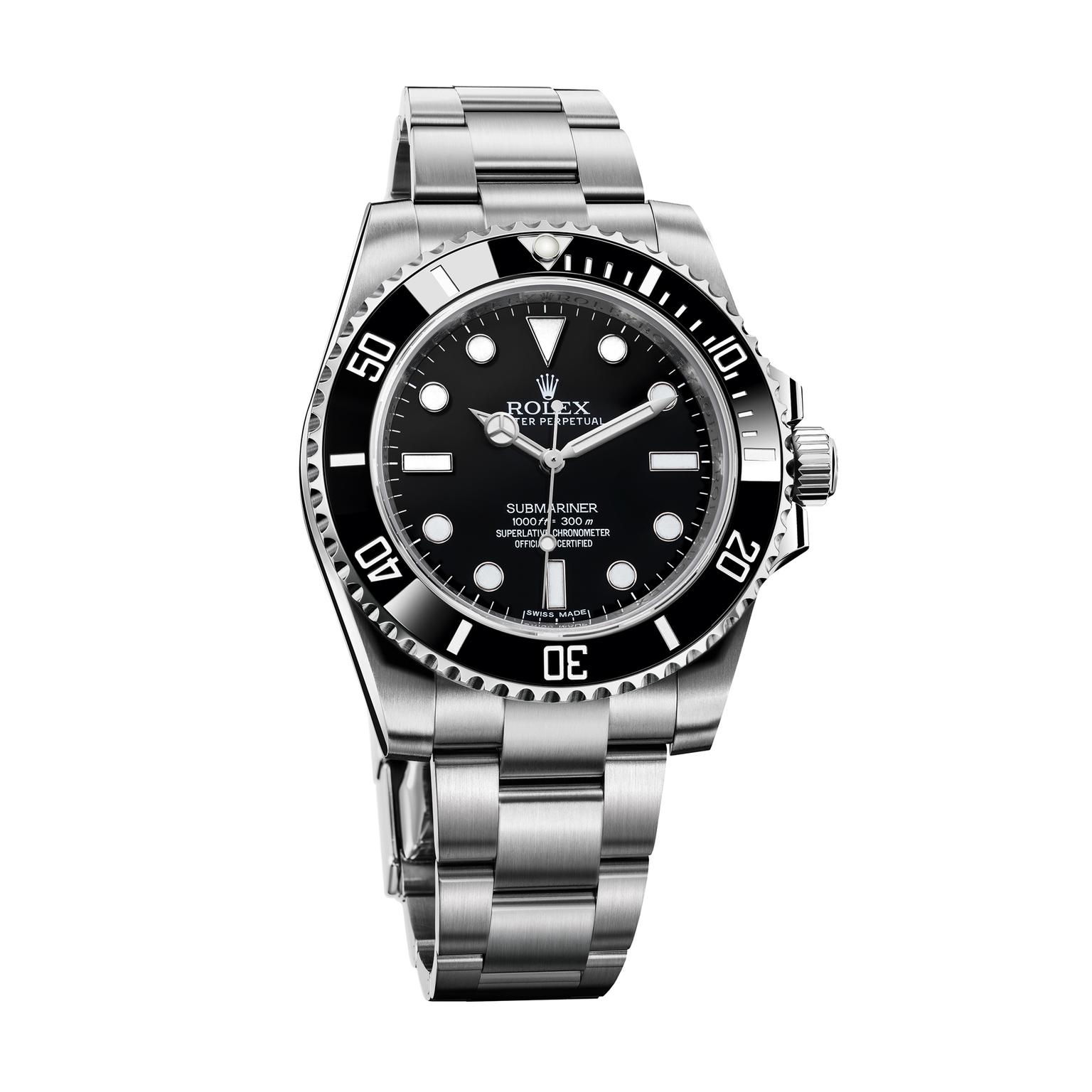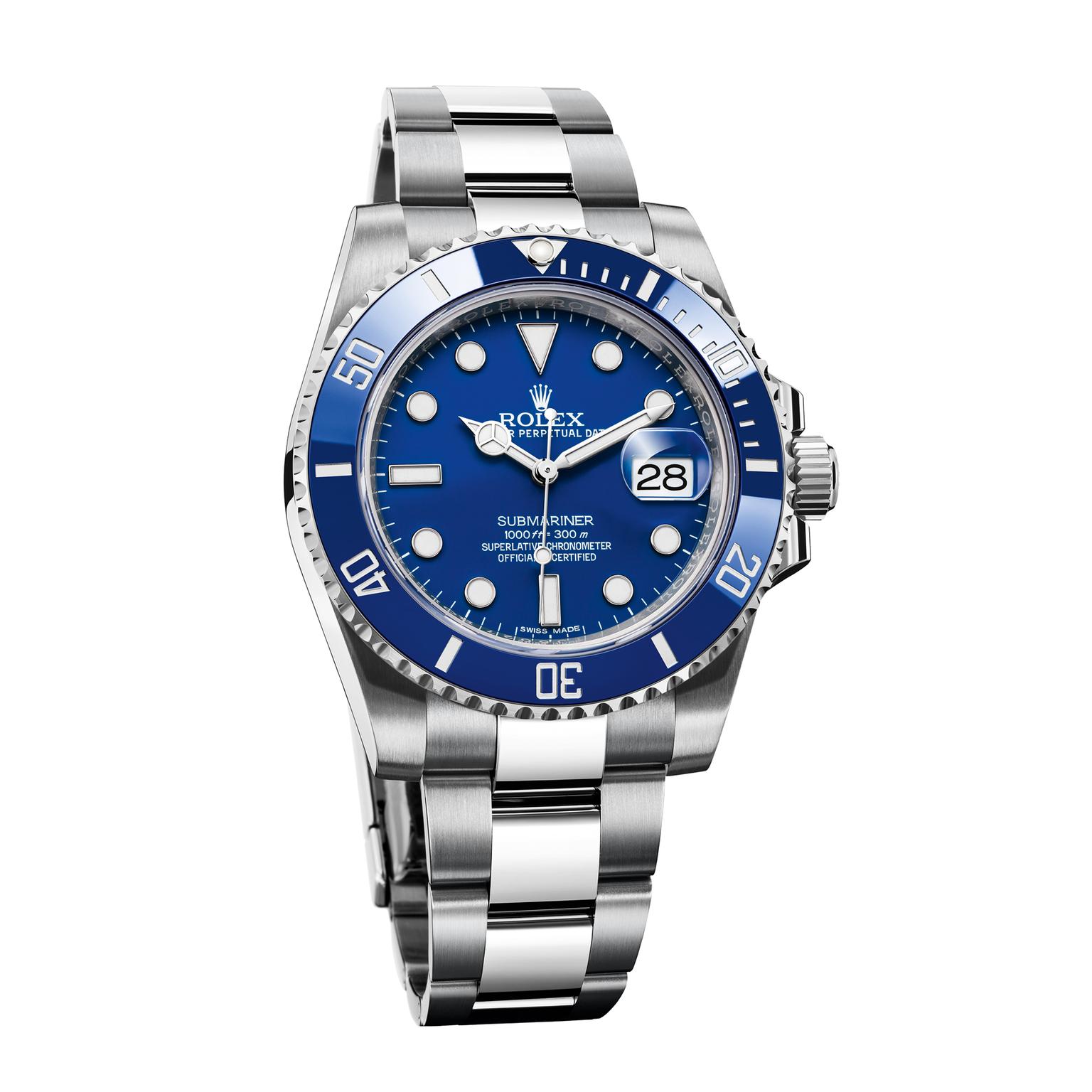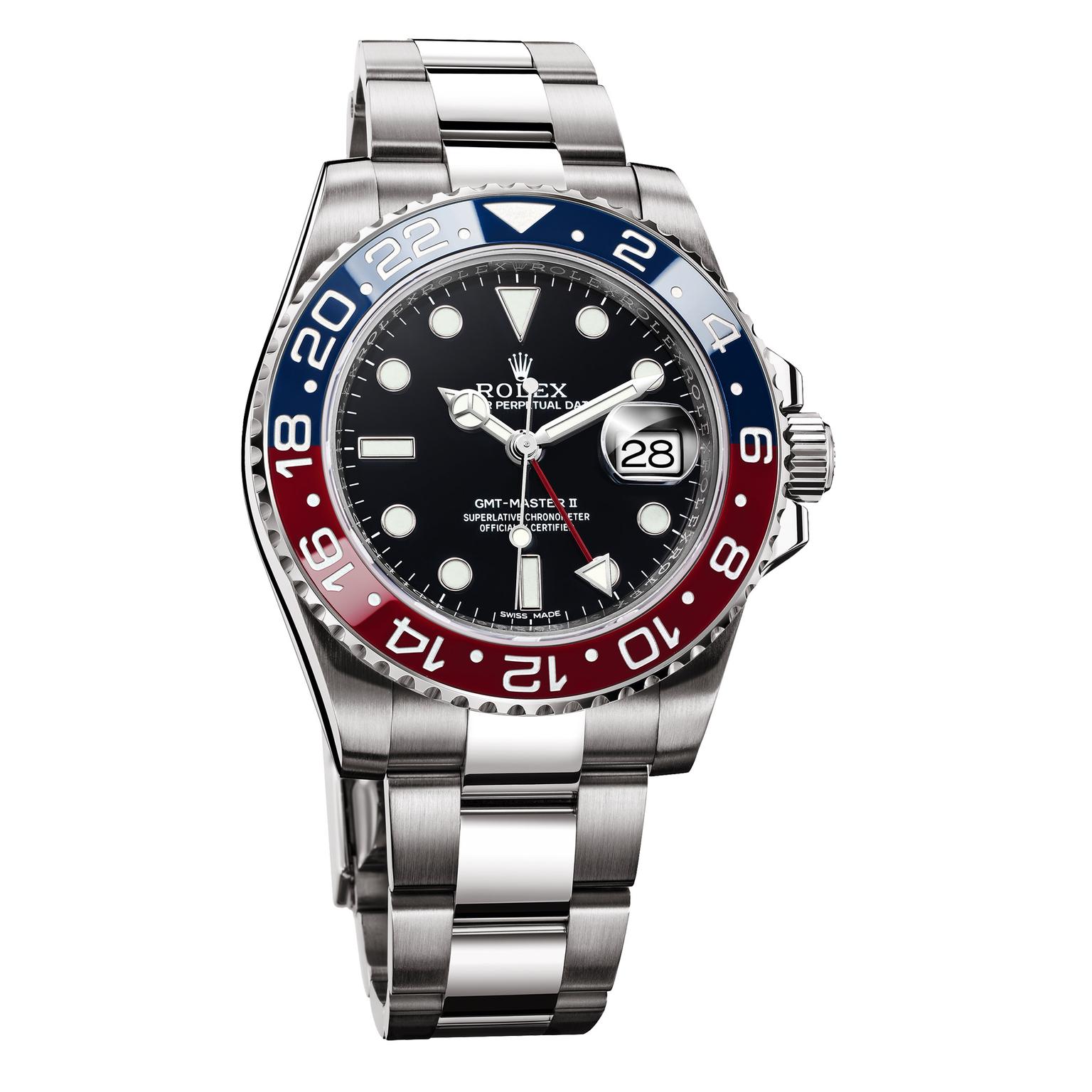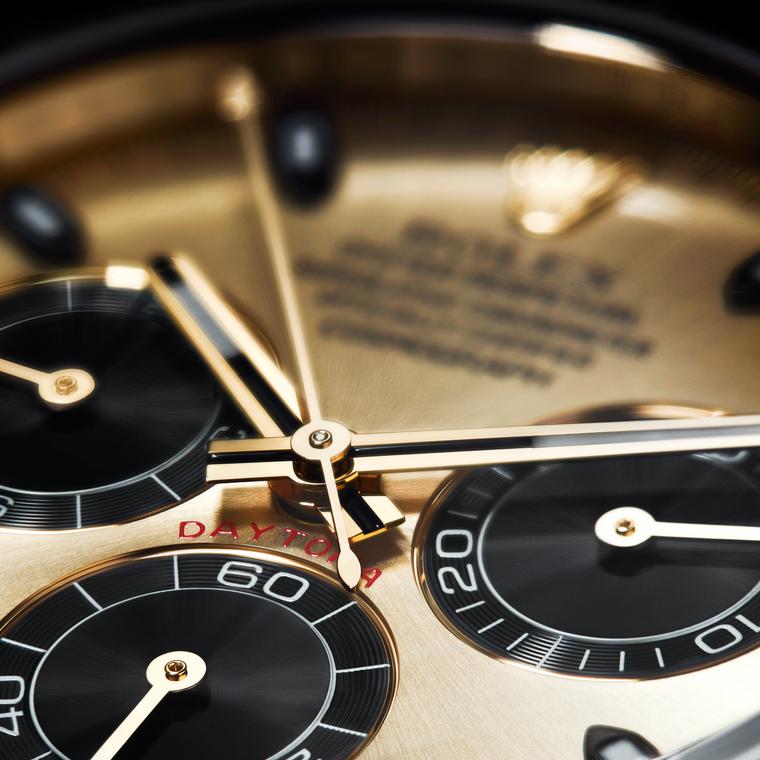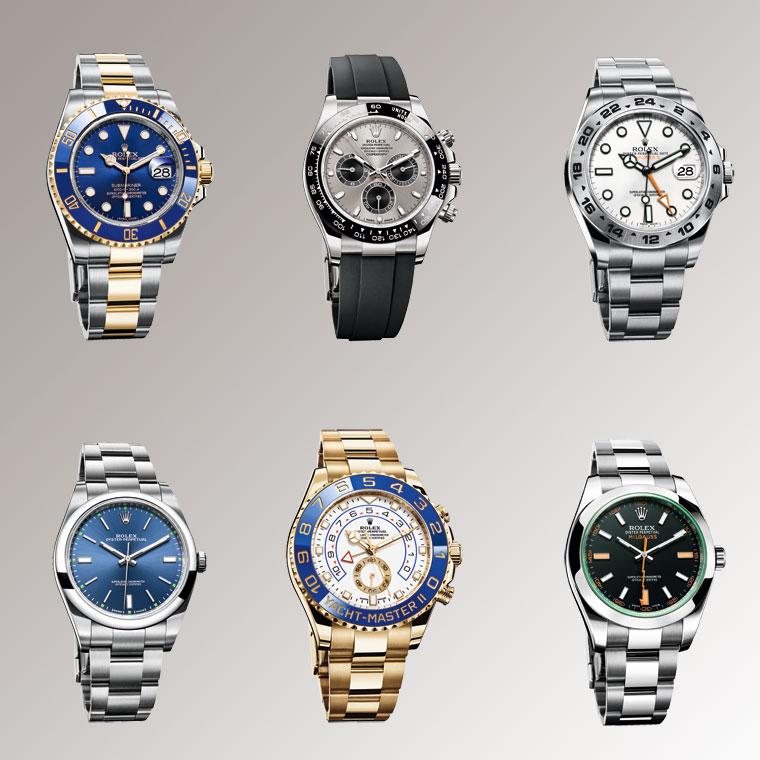Ask anybody in any corner of the world to name the best watch brand in the world and the answer will almost invariably be “Rolex”. A benchmark of consistent quality for over a century and a consolidated status symbol, Rolex is one of Switzerland’s finest ambassadors. From Winston Churchill to adventurer Edmond Hillary, James Cameron to James Bond, Rolex watches have kept precise time for a cast of influential world figures most brands would envy. However, if you ask most people for their opinion on Rolex prices, the answer will almost invariably be “very expensive”.
Mistakenly considered to cost an arm and a leg, Rolex watches are in fact one of the best value-for-money propositions on the market. Prices for mechanical watches start at around £3,250 for an Oyster Perpetual ladies’ watch, and you could own a mythical Submariner James Bond watch for £5,000 or even a cult Daytona for £8,250, which, compared to other luxury Swiss watch brands, is very competitively priced.
Naturally, there are very expensive watches at Rolex, and if you have a spare £54,300 you could treat yourself to a stunning platinum and ice-blue diamond Daytona, but what is important to relay is the fact that there is a price point to suit every pocket.
Just before we take a look at the five best-selling watch collections and their respective Rolex prices, from low to high, it’s worth underlining why these watches offer such excellent value for money.
Made entirely in Switzerland from the finest materials – and this takes us back to one of our previous article’s on What to look for in a luxury watch, with provenance at the top of the list – Rolex is a powerhouse of technological innovation and absolutely manic about precision. Every single watch that leaves Rolex’s impressive manufacture in Bienne is tested to standards that would make the movements of many mechanical watches go weak at the knees.
Rolex watches are not just certified as chronometers by the independent Swiss chronometer testing institute COSC, they are tested a second time by Rolex to earn the title of Superlative Chronometer. Every mechanical watch that leaves Rolex’s state-of-the-art manufacture is accurate to -2/+2 seconds a day, a tolerance rate that surpasses the already stringent standards of the independent COSC tests of -4/+6 seconds per day.
Beyond the impressive technological kudos of the brand, there is also the intangible, but very real, value of legacy. Rolex has infused such a strong identity into its watch designs that many of the foundation stones upon which this empire was built are still being manufactured today.
No story about Rolex watches can start without referring to the parent of just about every model, the iconic Oyster Perpetual watch. Popular with both sexes, this watch is the quintessential heart and soul of Rolex, and is a direct descendant of the 1926 Oyster, the world’s first waterproof watch, and Rolex’ Perpetual automatic or self-winding movement, developed in 1931.
The classic Oyster case, with its hermetically screwed-down caseback, offering water-resistance to 100 metres, is crafted from a solid block of 904L steel, a superior quality, high-performance stainless steel that is corrosion-resistant and less reactive than standard steel used in watchmaking. Robust, sporty and a reliable companion for everyday life, there are now five different sizes – from 39mm all the way down to 26mm - with updated dials featuring various colours. Prices for the small 26mm model start at £3,250, while the largest watch in this family at 39mm costs £3,750.
The launch of the Rolex Submariner in 1953, a professional dive watch capable of fathoming depths of 100 metres, opened the hatch on a new underwater world and became a vital part of the James Bond persona. Today this iconic dive watch is water-resistant to 300 metres and features a scratch-resistant ceramic insert on the rotating bezel, and a cool long-lasting blue luminescence. This 40mm steel Submariner model with a black Cerachrom bezel and black dial retails for £5,000, while a solid white gold Submariner with a date window costs £24,700.
Next up is the cult Cosmograph Daytona collection. Created in 1963 as the ultimate sports chronograph and indelibly associated with Paul Newman, the Daytona is the stuff of car racing legends. The great news for fans of this watch is that there is now a 40mm version in steel for £8,250. For serious collectors or investors who are looking for an auction performer in the future, the £54,300 Daytona in platinum is the way to go.
The classic Rolex candidate for women is the Lady-Datejust. Measuring a feminine 26 or 28mm, the magnifying lens on the date window, as well as its robust Oyster case, which is water-resistant to 100 metres, are the salient traits of this family, and is presented in a great variety of models to suit all tastes. A steel 26mm Lady-Datejust model retails for £4,100, while a sparkling 28mm in Everose gold, with diamonds on the indices and bezel, will cost about ten times the price of the steel model.
In 1955, Rolex developed one of the brand’s most sought-after watches: the GMT-Master watch. Also known as the Pepsi watch because of its rotating blue and red bezel, the GMT-Master was specifically designed for Pan Am pilots, and allowed them to be able to consult the time, and day and night functions, in different places of the world at a glance. Re-edited in stainless steel, this 40mm model with a black dial retails for £5,600, although purists will be seduced by the white gold re-edition of the Pepsi watch, with a red and blue Cerachrom bezel, and a price tag of £25,600.
So, with this overview of the enormous range of Rolex prices - incidentally, every Rolex watch is covered by a generous 5-year warranty - all that’s left to do now is to decide which model suits you best.


